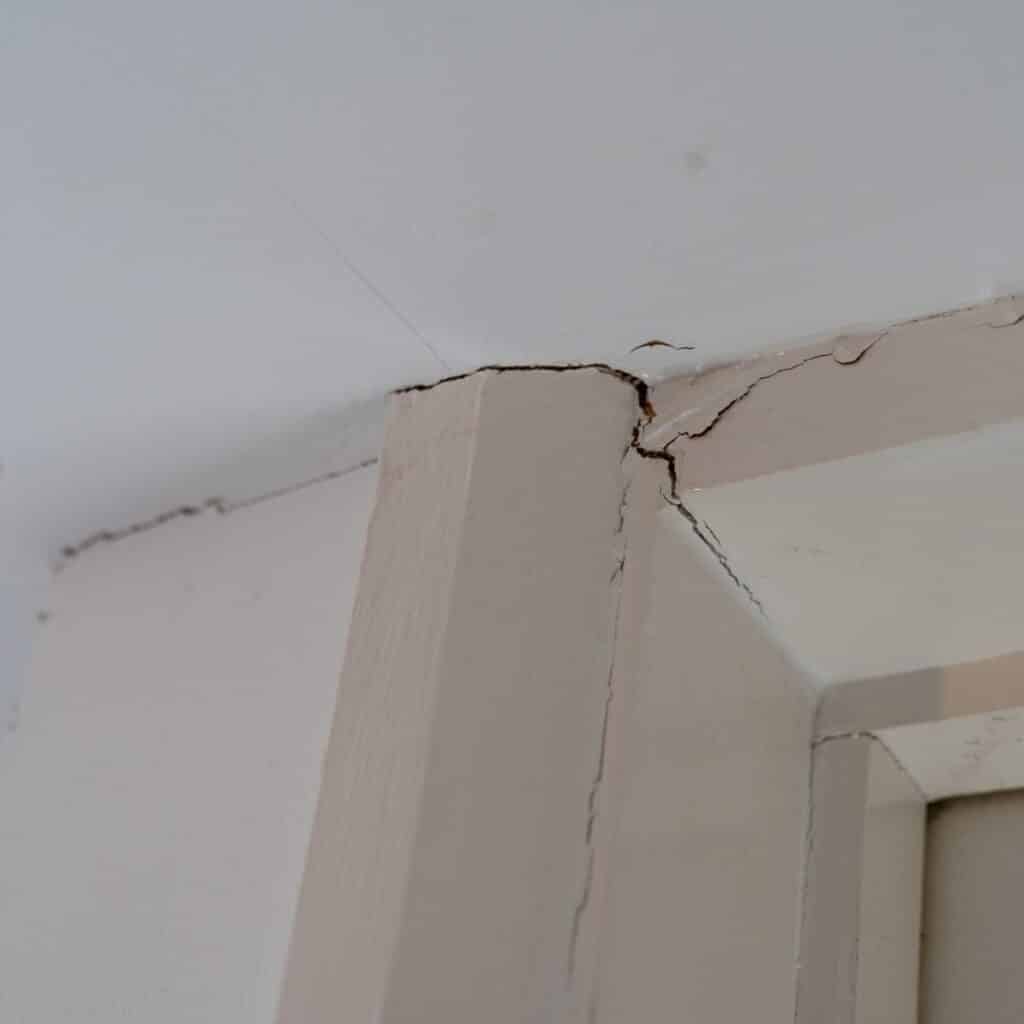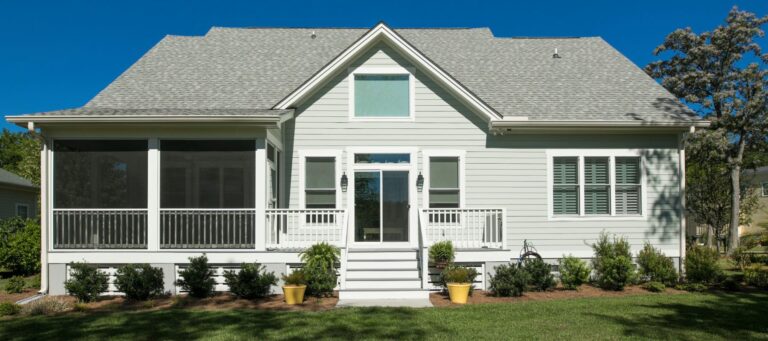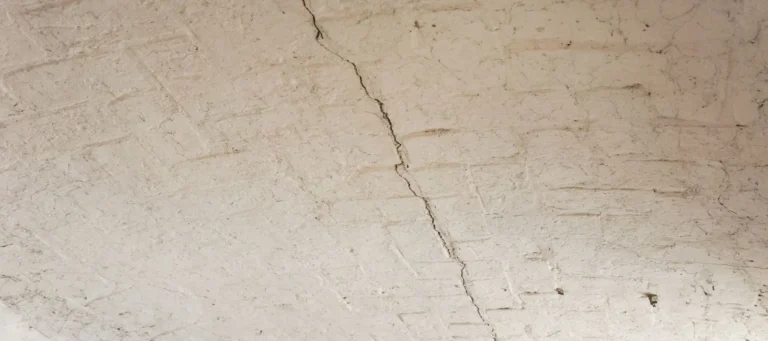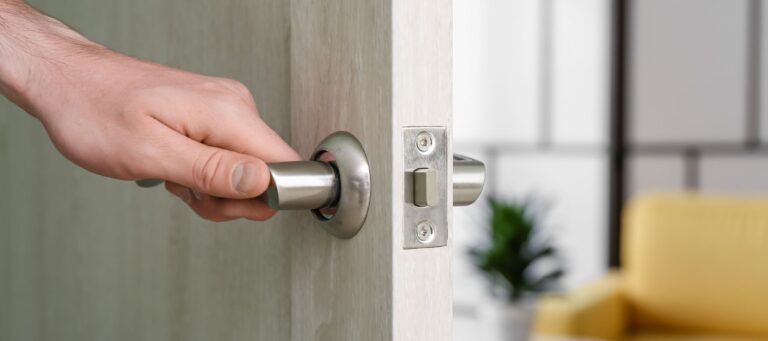How To Tell If Your Foundation Is Sinking
At G.L. Hunt Foundation Repair, we know that your home is more than four walls and a roof — it’s your safe place. But when your foundation starts to sink, that sense of security can shift, quite literally. Catching the signs your foundation is sinking early can prevent a simple repair from becoming major structural damage.
Below, we break down the telltale signs of a sinking foundation and explain what to do next.
How To Tell If Your Foundation Is Sinking
When homeowners ask us how to tell if a foundation is sinking, our advice is to start paying attention to the small things you might overlook every day. A sinking foundation rarely happens overnight — it’s a gradual process that leaves clues around your house.
Some early signs your foundation is sinking include:
- Cracks in walls, especially around windows or doors
- Doors and windows that get stuck or won’t close properly
- Uneven or sloping floors
- Gaps appearing between walls, ceilings or baseboards
- New cracks in exterior brickwork or concrete
While some of these can be caused by normal settling, large or widening cracks and persistent sticking doors usually point to deeper issues. If you see these signs of a sinking foundation, don’t brush them off — they’re your home’s way of telling you it needs help.

Cracks And Gaps: Major Sinking Foundation Signs
One of the clearest sinking foundation signs is cracking. Hairline cracks in drywall can be normal in older homes, but watch for long horizontal or stair-step cracks in brick or concrete. If you see cracks wider than 1/4 inch, especially around doors, windows or where walls meet the ceiling, it’s time to act.
Another warning sign is gaps. If you notice gaps forming between your walls and floors, or see separation around cabinets or built-in furniture, these can be serious signs the foundation is sinking. Over time, as the foundation shifts, it can pull the structure apart in places you may not expect.
Uneven Floors And Sticking Doors
At G.L. Hunt, we often hear homeowners say they first noticed something was off when they felt like they were walking uphill in their own living room. Sloping or uneven floors are common concrete sinking indicators. If a ball rolls across your floor without a push, or if you notice soft spots or buckling, your foundation may be to blame.
Likewise, doors and windows that stick, jam or won’t latch can signal a shifting structure underneath. As the foundation settles unevenly, frames warp out of square — one of the subtle but frustrating signs your foundation is sinking.
Why Does Concrete Sink?
Understanding why concrete sinking happens helps you spot and prevent damage. In Texas, clay-heavy soil is one big culprit. During droughts, clay soil contracts, creating voids under your slab. Heavy rain can wash soil away even more, leaving parts of your foundation unsupported.
Other causes include poor drainage, plumbing leaks under the slab or improper soil compaction during construction.
Don’t Ignore The Signs Of A Sinking Foundation
Knowing how to tell if a foundation is sinking is one thing — but what you do next is what protects your home’s value and safety. Many homeowners put off repairs, hoping cracks won’t grow or doors will magically close again. Unfortunately, foundation issues don’t fix themselves. The longer you wait, the more extensive (and expensive) repairs can become.
The good news is, with early intervention, the experts at G.L. Hunt Foundation Repair can stabilize and lift your foundation, restoring your peace of mind.
Call G.L. Hunt For Foundation Repair You Can Trust
If you’ve spotted any of these sinking foundation signs, it’s time to call the professionals. At G.L. Hunt, we perform a thorough inspection to find the cause of your foundation problems and create a repair plan that fits your home and your budget. From pier and beam adjustments to slab lifting solutions, our team has seen it all and fixed it all.
Don’t wait for minor cracks to become major headaches. If you suspect your home’s concrete is sinking, trust G.L. Hunt to put it back on solid ground.









